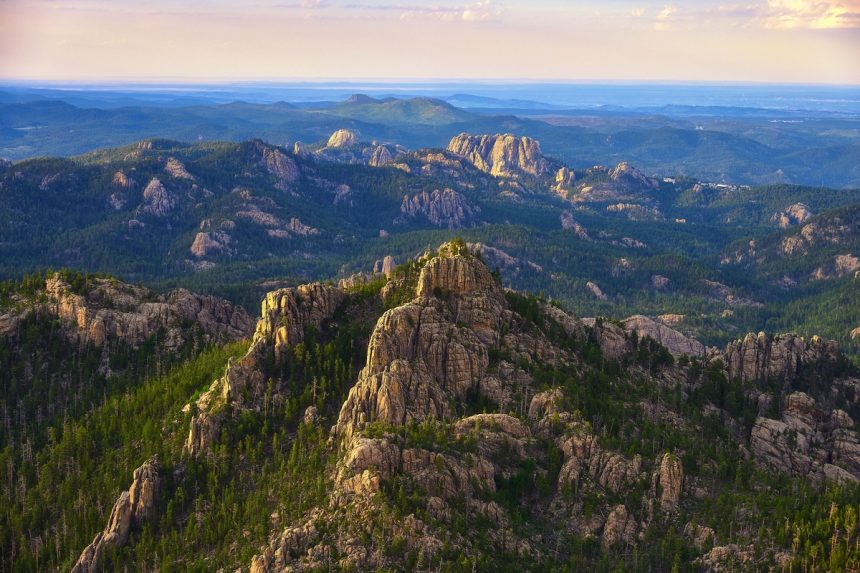A second gold rush is sweeping through South Dakota’s Black Hills as surging gold prices push new mining proposals into one of America’s most cherished and contested landscapes. With gold trading at over $3,000 an ounce, mining companies are promising jobs and economic gains, but tribal groups and environmentalists warn that the sacred and scenic region may be permanently scarred in the process.
Sacred Land in the Crosshairs Again
The Black Hills, covering over 1.2 million acres in South Dakota and parts of Wyoming, are considered sacred by the Lakota Sioux and serve as a major tourist destination. But history appears to be repeating itself. In the 1870s, a gold rush led to the U.S. government’s seizure of the Black Hills from Native tribes—despite an 1868 treaty recognizing their land rights. Today, with mining companies returning, Native leaders and advocates are sounding the alarm.
“These impacts can be long term and make it so that tourism and outdoor recreation is negatively impacted,” warned Lilias Jarding, executive director of the Black Hills Clean Water Alliance. “Our enjoyment of the Black Hills as a peaceful place, a sacred place, is disturbed.”
Technology Transforms Mining — and the Landscape
Modern mining techniques differ vastly from the days of panning in creeks. Colin Paterson, professor emeritus of geological engineering at the South Dakota School of Mines and Technology, explained that gold in the region is “encased in rock,” and extraction involves crushing that rock and applying chemicals like cyanide to dissolve the mineral.
The result is open pit mines—giant, tiered craters carved into the earth by heavy machinery. This method leaves deep and irreversible marks. “The land can never return to its original state,” advocates warn, pointing to the now-barren Homestake Mine, once the largest gold mine in the Western Hemisphere.
Why the New Rush? Economics and Politics
Gold’s rising price has reignited interest in the Black Hills. When the Homestake Mine closed in 2002, gold was $300 an ounce. Today, it’s ten times that amount. Joseph Cavatoni of the World Gold Council explained, “Gold tends to be a stable asset. That actually performs well in inflationary times, and holds its value in recessionary times.”
Additionally, a March executive order from President Donald Trump streamlined permits for mining, adding political fuel to the economic fire.
Promises of Jobs and Revenue
Dakota Gold aims to open a new open-pit mine by 2029 and another underground mine near the old Homestake site. President and COO Jack Henris said the project could create up to 250 jobs and generate up to $400 million in state tax revenue.
“Most of the people that work here are from this area and just love to live here,” said Henris. “So we’re a big part of the Hills and we love them just as much as other folks.”
The company is conducting environmental studies and soil and vegetation surveys. However, critics argue that the risks still outweigh the rewards.
Environmental and Tribal Concerns Mount
Environmental groups and tribal leaders point to the region’s recent history of contamination. Coeur Mining’s Wharf mine has experienced nearly 200 chemical spills. Though the company claims each was “thoroughly investigated” and corrective measures applied, concerns remain.
Jarding stressed the scale of expansion: “There are currently active mining claims on 271,000 acres in the Black Hills. That’s 20% of the whole Black Hills that is potentially going to be subject to mining.”
Taylor Gunhammer, an Oglala Sioux organizer with NDN Collective, added: “It’s not even the actual mineral content of the Black Hills that is so attractive to mining companies. It’s the permissive nature of the officials who oversee mining.”
As mining companies gear up for a new gold rush, a centuries-old conflict resurfaces in the Black Hills. While proponents tout economic benefits, opponents warn of irreversible damage to sacred lands, water sources, and the natural beauty that draws millions each year. The battle for the Black Hills—between profit and preservation—is far from over.






